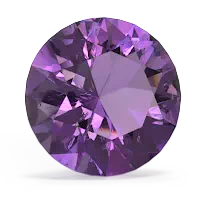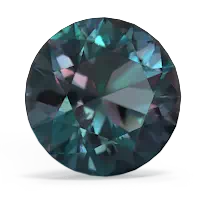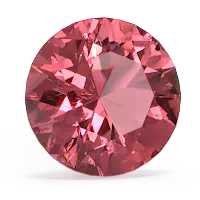


An amethyst pendant is said to bring spirituality, tranquility and peace to the wearer. It is even said to help one succeed in business. Although a relatively new gem, alexandrite is said to bring pleasure and love. Wear a created alexandrite pendant to attract the man of your dreams. Tourmaline symbolizes wisdom, strength of mind and eloquence. Wear a pink tourmaline pendant to become a more confident and impressive individual.